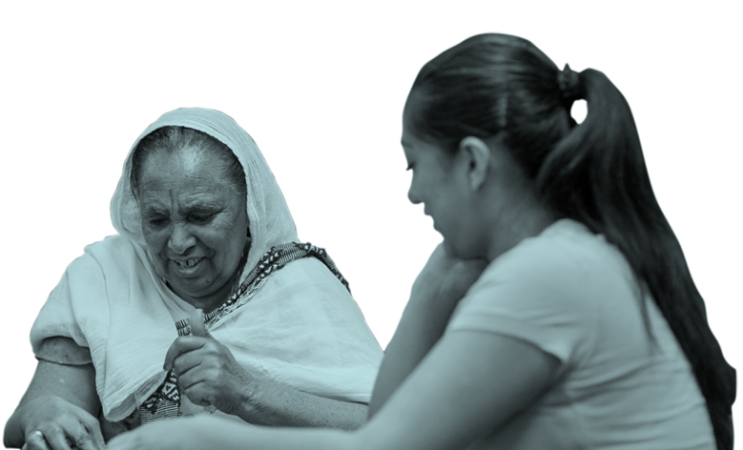Spark. Transform. Mobilize.
Weekly Free Reading Routine for Beginning and Beginning Literacy ESL
Giving learners time to engage in independent reading for pleasure has been shown to improve students’ reading, writing, grammar and vocabulary. Many students, especially emergent readers, may lack easy access to level-appropriate print materials and books in their daily lives. Developing a small reading library in your classroom and scheduling a weekly time for free, independent reading can help fill this gap and allow students to practice their new skills with little teacher interference. Yes! Beginning level learners CAN do it too!
Prep:
Collect level-appropriate books and organize them by level. Here is a possible example for a Beginning Literacy-Beginning classroom:
- Level 1
- Picture-only books for adults from Eye on Literacy
- Class- or teacher-generated texts previously taught in the class
- Level 2
- Books with one or two words per page: level Pre-K non-fiction from Wilbooks
- Level 3
- Adult story books with one sentence per page from Bow Valley College or Grass Roots Press
- Non-fiction children’s books from the local library
How to:
- The first time you do the routine, lay books out and show learners how they are organized by level.
- Choose one yourself and model sitting down to read.
- Invite learners to choose a book and gesture for them to sit and read alone or in pairs. Use simple verbal instructions as well, if students will understand.
- Set a digital countdown timer for 15-20 minutes and project it so learners know how much time is left.
It may take some time for learners to get used to this self-directed routine. Let them look at or read books together and talk about them in their first language, if they choose. Modeling independent reading and repeating the routine weekly will help.
Adaptations:
- Online teachers can assign 15 minutes of reading outside of class with Unite for Literacy which includes some first-language options as well.
- This activity can be adapted to higher levels by selecting more difficult texts, extending the reading time and asking learners to show the cover, title and author of one book they read after reading time is finished.
Credits: Some ideas from this Tutor Tip came from Patsy Eagan and Kris Klas.
Source: Free Voluntary Reading: New Research, Applications and Controversies by Stephen Krashen


